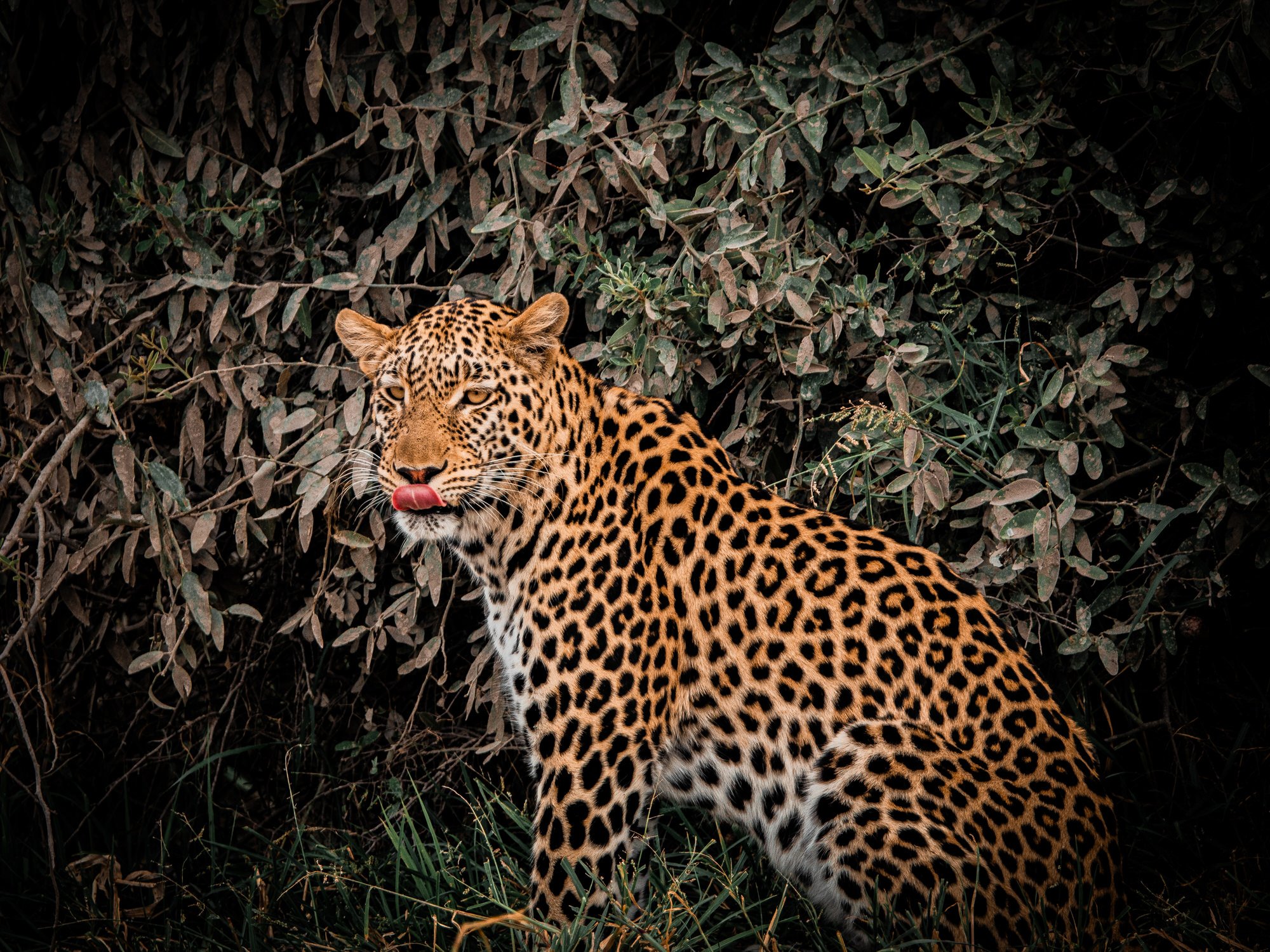
INSIGHTS, NEWS & INNOVATIONS
Conservation Technology Newsblog.
Stay informed on the latest breakthroughs, stories and innovations, driving change in nature conservation and wildlife protection.
3. TUSNAD ECO BEAR CONFERENCE IN ROMANIA
Sensing Clues and Nature FIRST Join the Tusnad Eco Bear Conference in Romania


